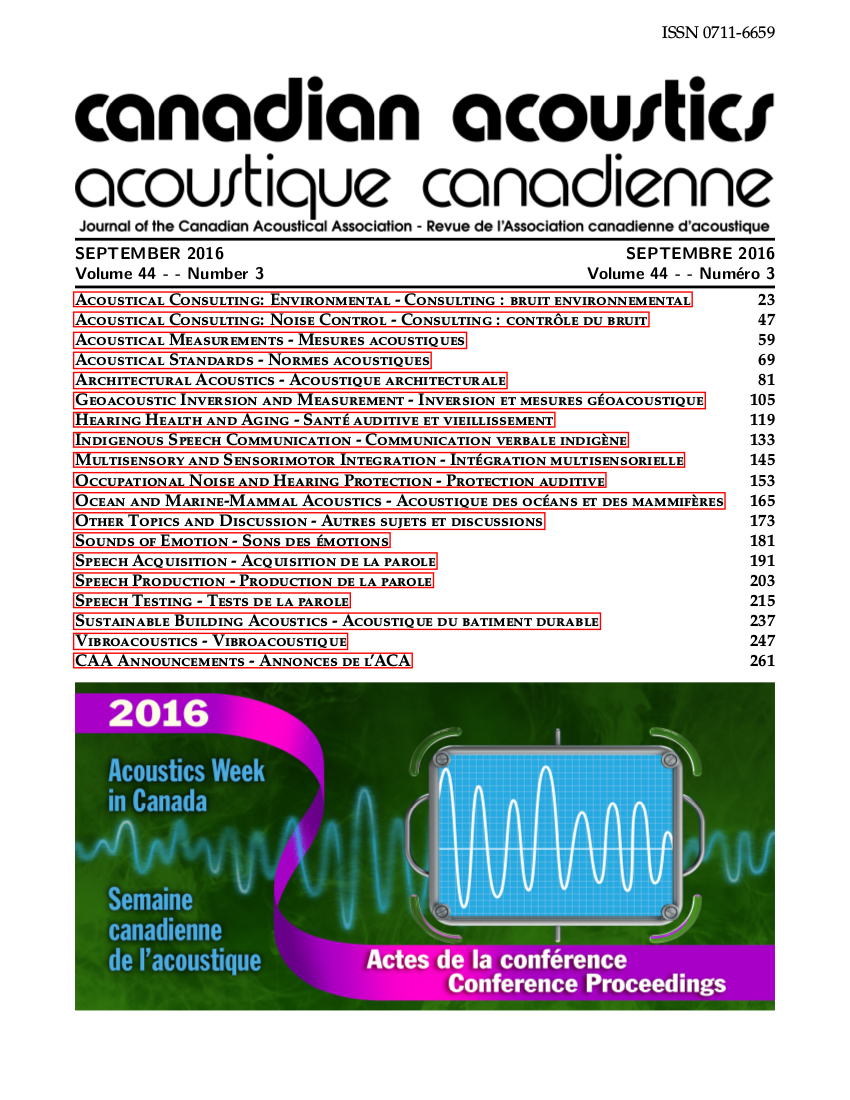Does swallowing bootstrap speech learning?
Résumé
Learning speech movements can be modeled as searching for sets of muscle activations in a high-dimensional space that satisfy task-specific criteria relevant to the language learner. An unstructured search of such a space is problematic: the high dimensionality makes non-heuristic search inefficient, and the number of redundant solutions for a given task makes predicting muscle activation difficult. Although most speech movements must be learned, humans can produce many of our most complex oral motor behaviors (swallowing, suckling, vocalizing, smiling, etc.) at birth. This indicates a degree to which the biomechanical and neural structures needed for complex action in the vocal tract appear to be built-in. A model is described, based on neurophysiological and computational motor research, in which action is governed by neuromuscular modules which can emerge and/or change ontogenetically through use. Simulations of tongue movements were conducted using a realistic 3D biomechanical model in ArtiSynth (www.artisynth.org; e.g., Stavness et al., 2012, Gick et al. 2014). Results of these simulations demonstrate that the neuromuscular activations leading to full oral swallowing closure are a subset of those that result in tongue bracing. This implies that submodules of the swallowing gesture can be recruited for use in tongue bracing, and makes a search of this space much simpler when the swallowing activation is used as a starting point. These findings are consistent with the view that phylogenetically encoded structures such as those needed for swallowing (e.g., MacNeilage 2008; Studdert-Kennedy & Goldstein 2003) bootstrap speech learning.Fichiers supplémentaires
Publié-e
Comment citer
Numéro
Rubrique
Licence
Author Licensing Addendum
This Licensing Addendum ("Addendum") is entered into between the undersigned Author(s) and Canadian Acoustics journal published by the Canadian Acoustical Association (hereinafter referred to as the "Publisher"). The Author(s) and the Publisher agree as follows:
-
Retained Rights: The Author(s) retain(s) the following rights:
- The right to reproduce, distribute, and publicly display the Work on the Author's personal website or the website of the Author's institution.
- The right to use the Work in the Author's teaching activities and presentations.
- The right to include the Work in a compilation for the Author's personal use, not for sale.
-
Grant of License: The Author(s) grant(s) to the Publisher a worldwide exclusive license to publish, reproduce, distribute, and display the Work in Canadian Acoustics and any other formats and media deemed appropriate by the Publisher.
-
Attribution: The Publisher agrees to include proper attribution to the Author(s) in all publications and reproductions of the Work.
-
No Conflict: This Addendum is intended to be in harmony with, and not in conflict with, the terms and conditions of the original agreement entered into between the Author(s) and the Publisher.
-
Copyright Clause: Copyright on articles is held by the Author(s). The corresponding Author has the right to grant on behalf of all Authors and does grant on behalf of all Authors, a worldwide exclusive license to the Publisher and its licensees in perpetuity, in all forms, formats, and media (whether known now or created in the future), including but not limited to the rights to publish, reproduce, distribute, display, store, translate, create adaptations, reprints, include within collections, and create summaries, extracts, and/or abstracts of the Contribution.


